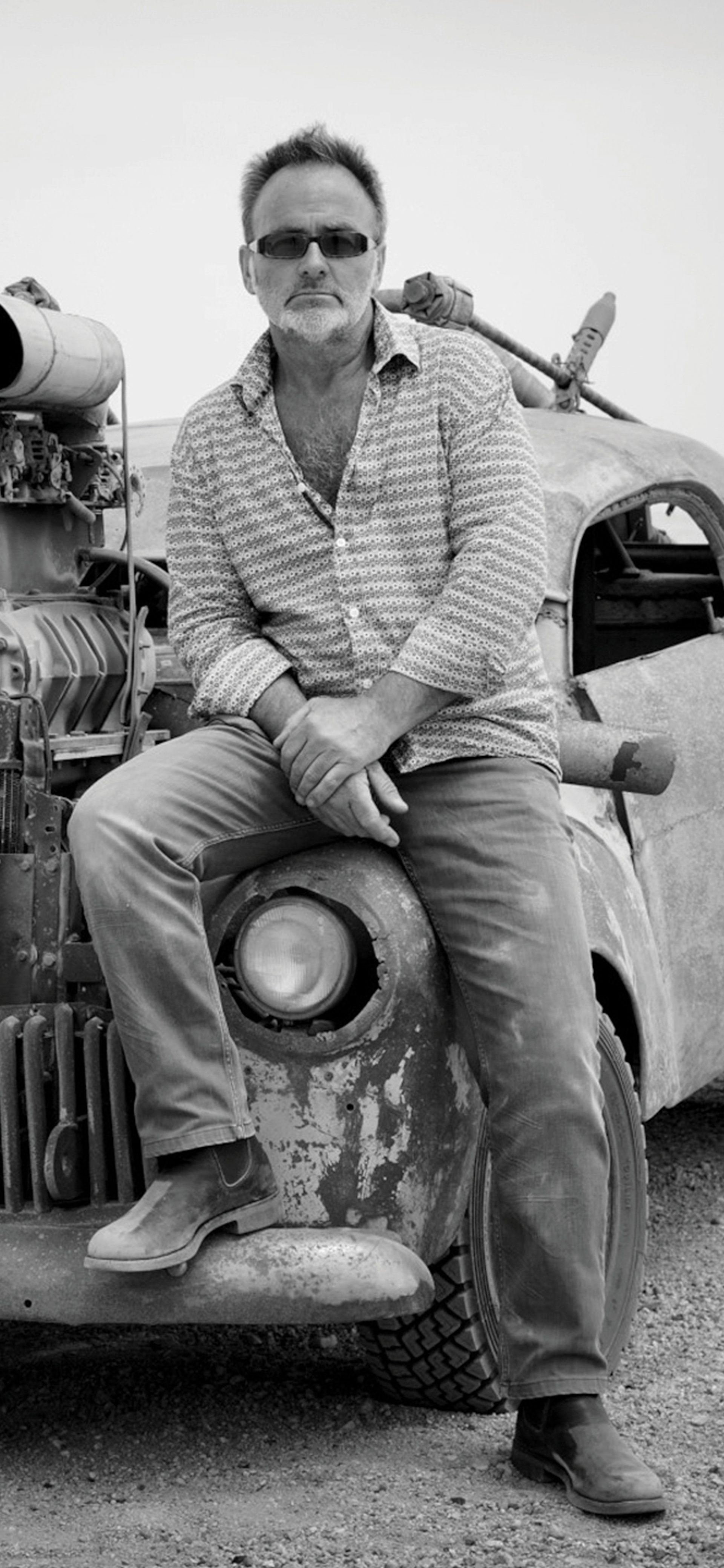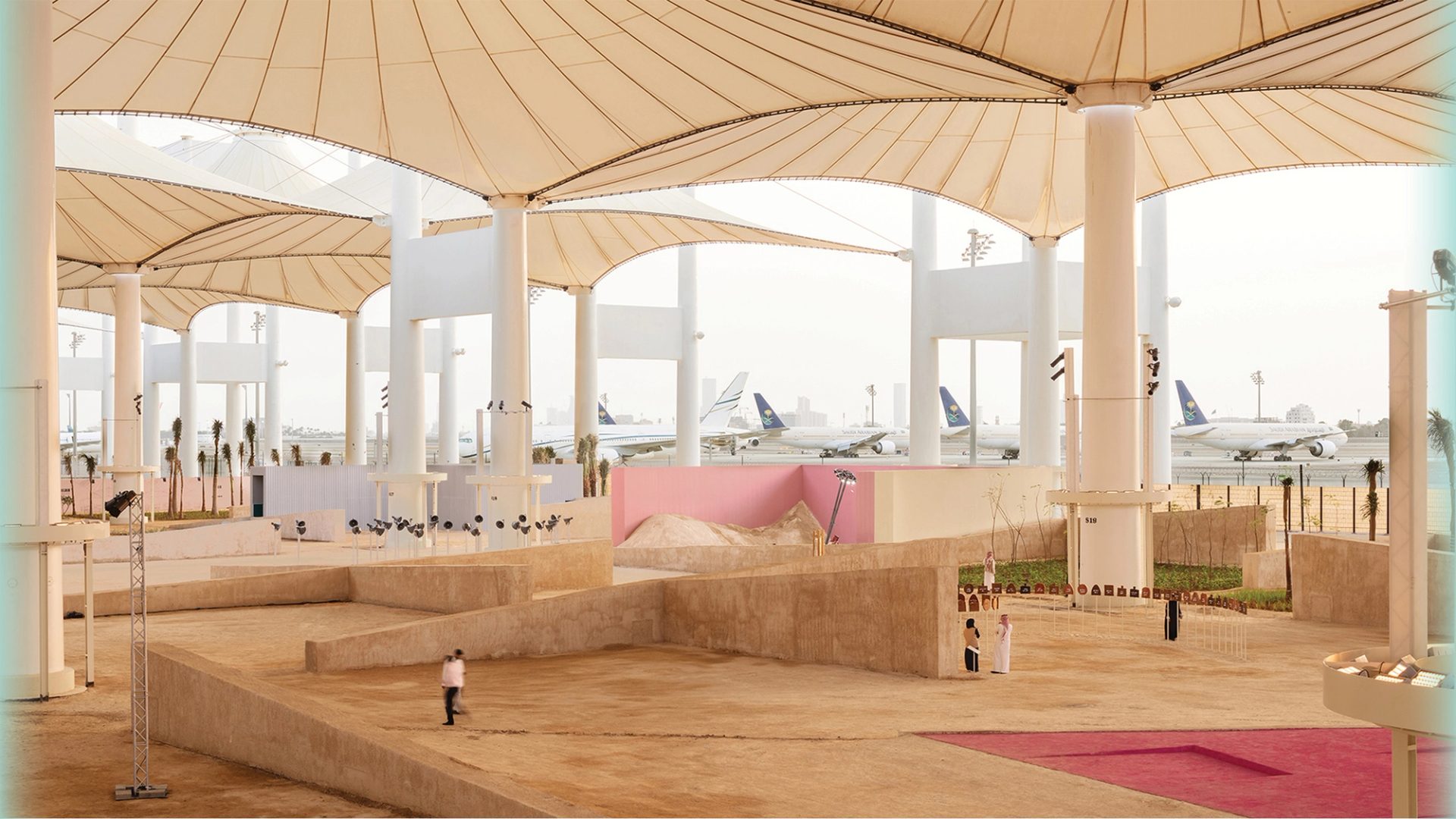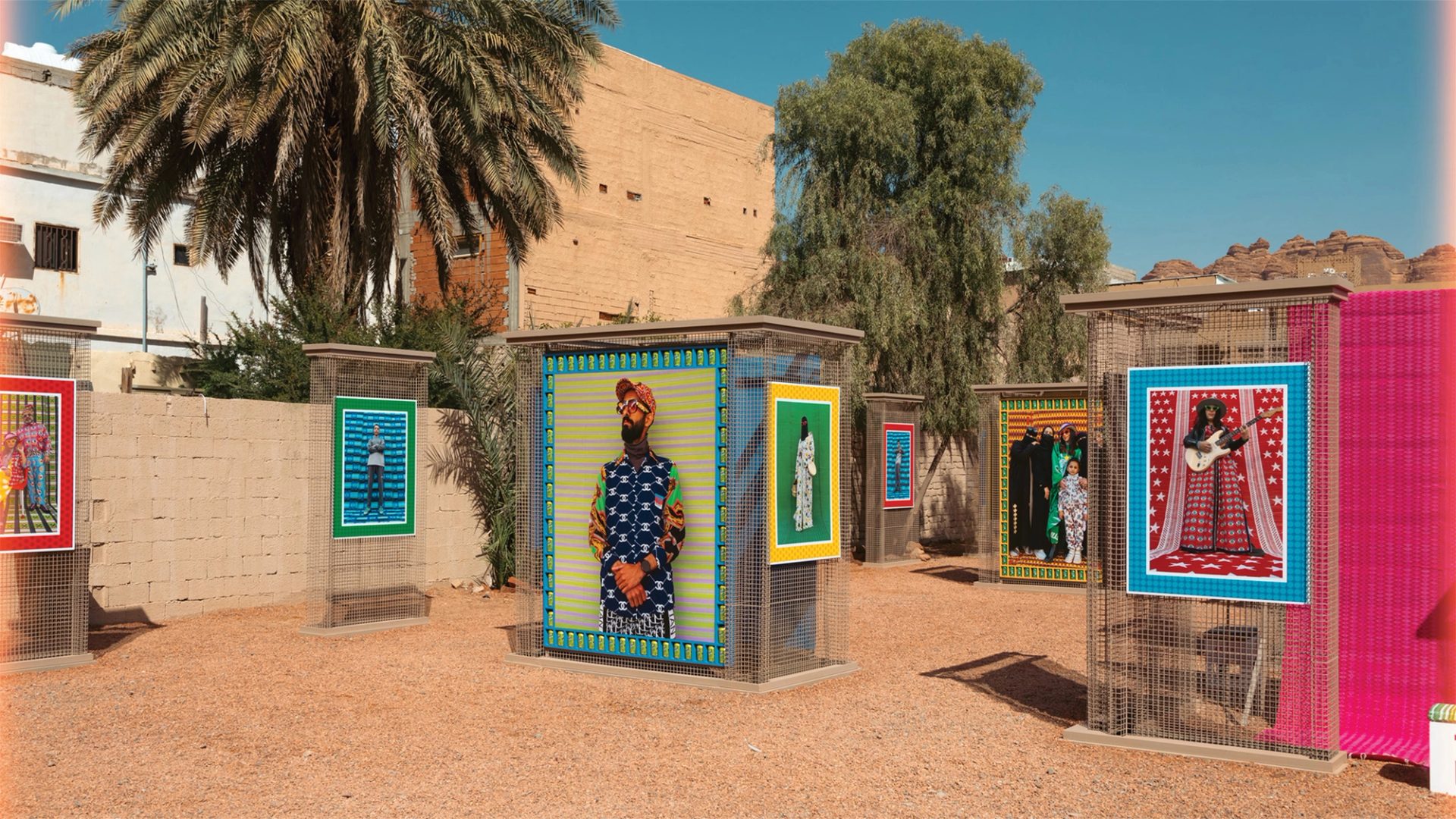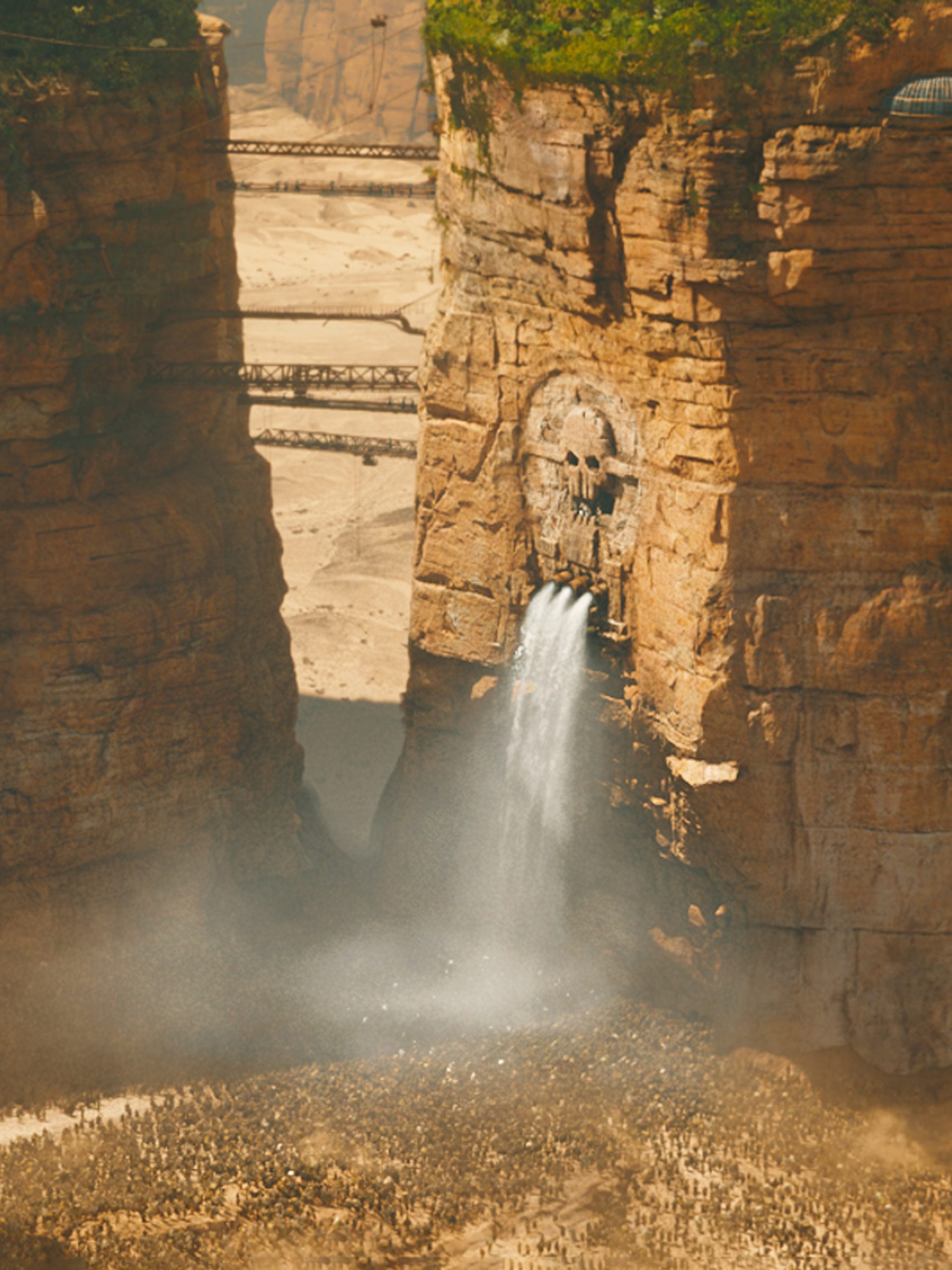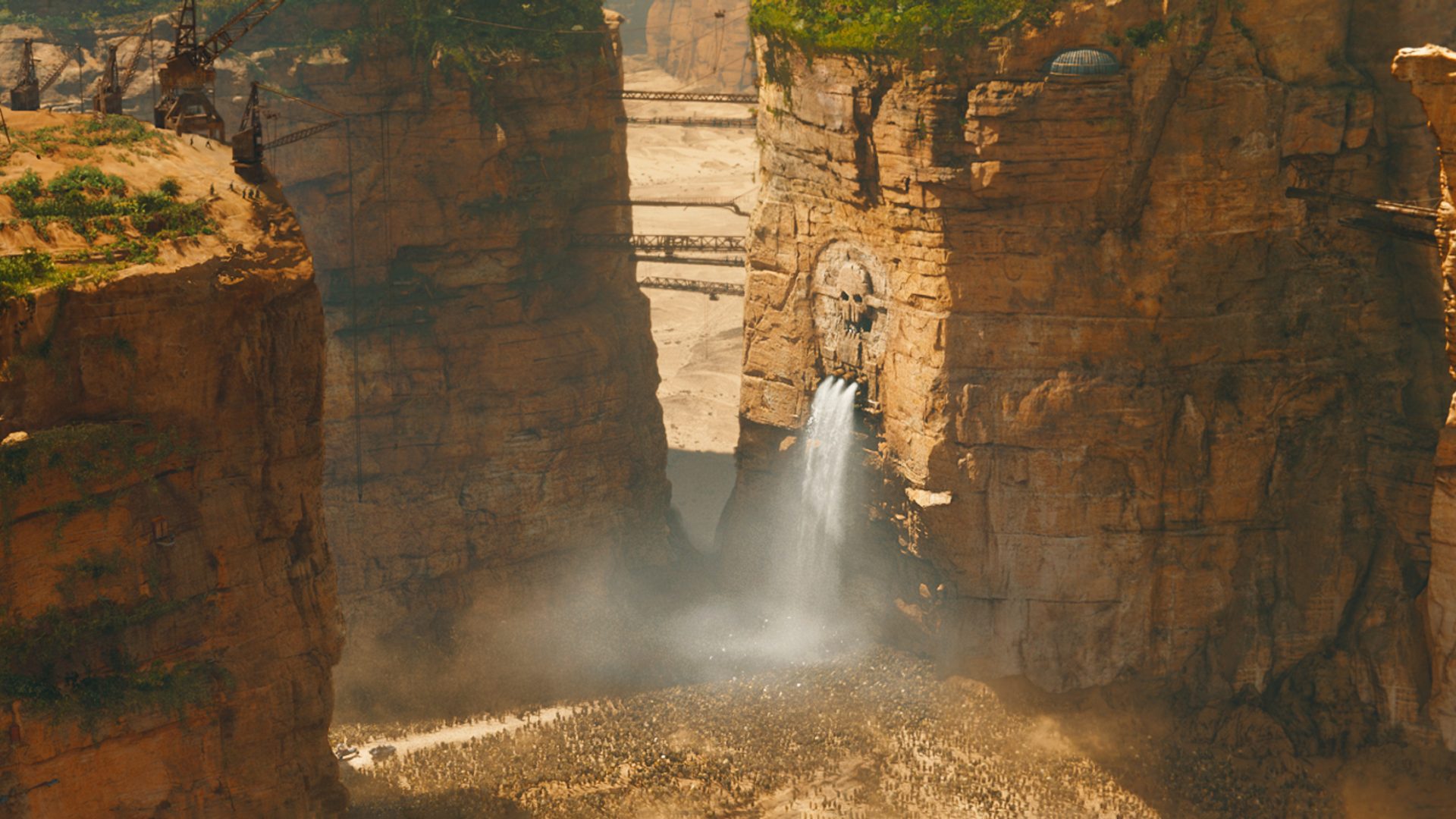Colin Gibson: Heroism and Peril

In a career spanning more than 30 years, production designer Colin Gibson has shaped the Australian cinematic landscape. From an early gig devising the eponymous bus in The Adventures of Priscilla, Queen of the Desert (1994) to his latest opus – the freaky fleet of dystopian desert vehicles for 2024's Furiosa: A Mad Max Saga – Gibson delights in delivering the unimaginable to suggest the possible. Often working in collaboration with Australian director George Miller – on Babe (1995), Babe 2: Pig in the City (1998) and Mad Max: Fury Road (for which he won the Academy Award for Best Production Design in 2016) – Gibson refers to his method as 'a frantic assembly of odd skills'.
'It didn’t really matter if I was the props guy or designer,' he says. 'I was probably just as loudmouthed and annoying in whatever the named position was'.
In advance of his Future Prototypes talk as part of Sydney Design Week, Stephen Todd pays Gibson a visit to discuss heroism and the perils of CGI.
‘I treat design as DNA – like a double helix. There’s the thread that is the story itself, ostensibly the movie we’re filming. The other helix is all the parameters that feed into it. ’
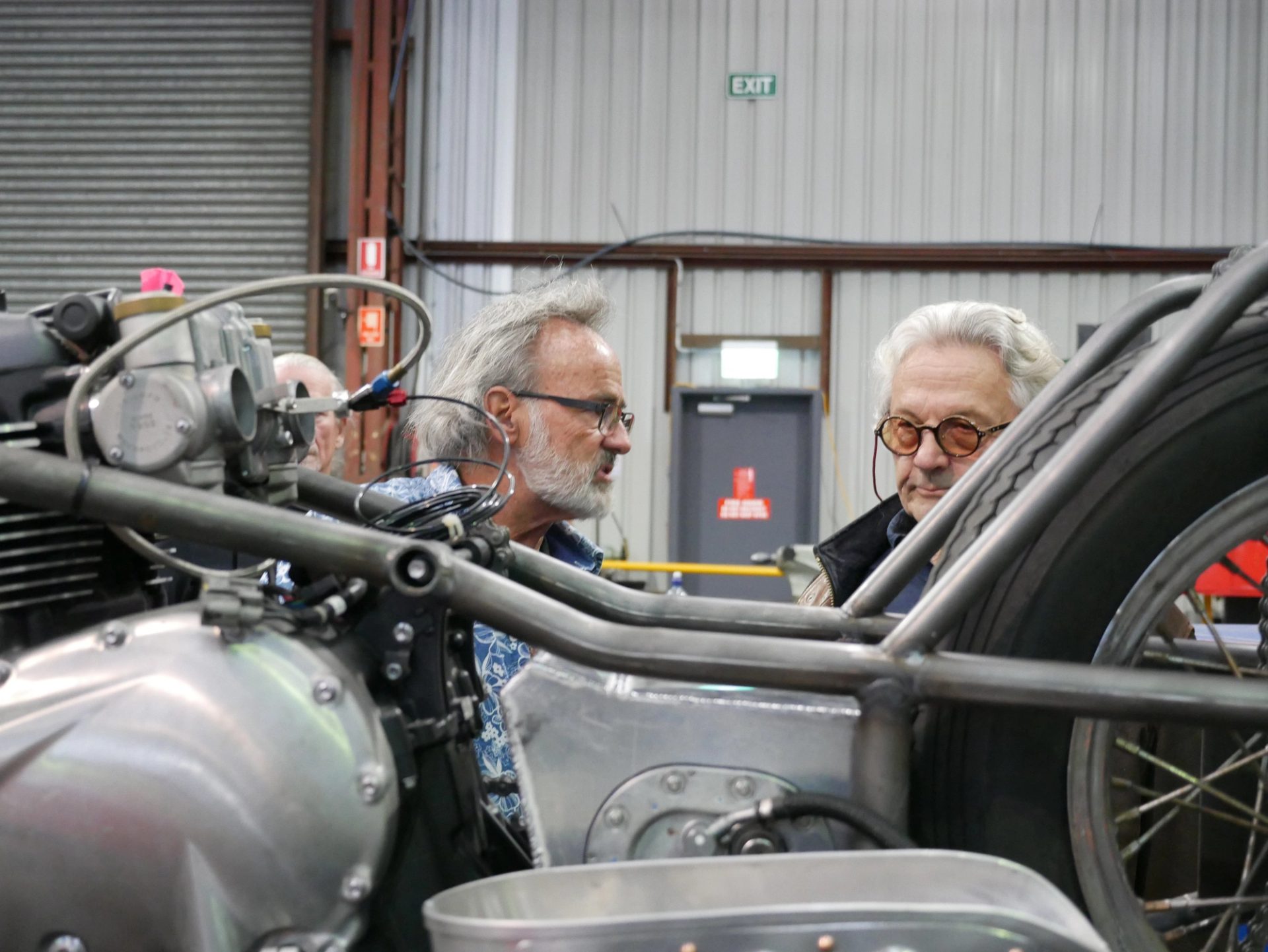
Stephen Todd Colin, two films you’re widely renowned for are Babe – an animatronic tale of a pig who wants to be a sheepdog – and Mad Max: Fury Road, a dystopic parable of a resource-starved future. Apparently polar opposites, yet one senses a common thread.
Colin Gibson Yes, they’re very similar in that they’re both a hero’s tale. The main characters are each trying to deal with a world they consider crazy. While both appear at first not to be on top of things, through force of will and pain and anguish, each comes out on top, benefiting the world. A communal sense of caring heals each and improves the lot.
ST How does your latest film, the George Miller-directed Furiosa: A Mad Max Saga, fit into this schema?
CG It’s a much more linear telling of a hero’s story. It goes beat by beat, taking the audience through what made her who she is, for good and for bad.
ST Again, the rigs, the wheeled vehicles, have starring roles.
CG I call them car-aracters. They also need a history, a backstory. They need to have come from somewhere, been assembled for some reason, be the product of someone’s artistic and aesthetic sensibility. George was always adamant that just because it’s the end of the world doesn’t mean you go out and just make shit. You wouldn’t just go and weld a piece of steel to the front of a Corolla and wrap it in barbed wire and spray it with rust, right? Well, you could, but it hasn’t come from anywhere. It doesn’t mean anything. Whereas, if somebody has gone out into the desert and dragged back part after part after part, put it together at the service of a possible way to get to Valhalla, then the vehicle has gravitas. The more you make that real, the more the audience can cleave to it.
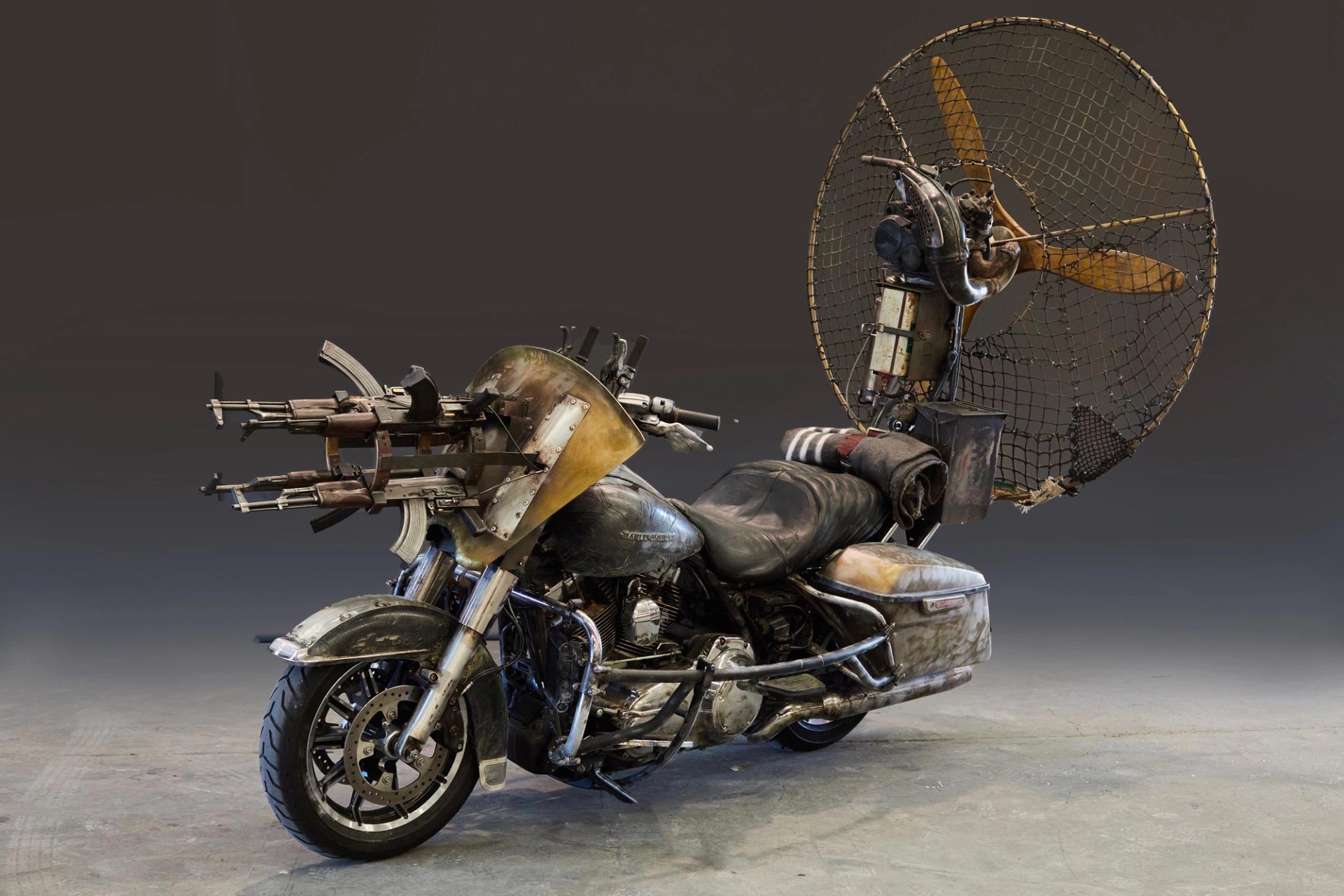

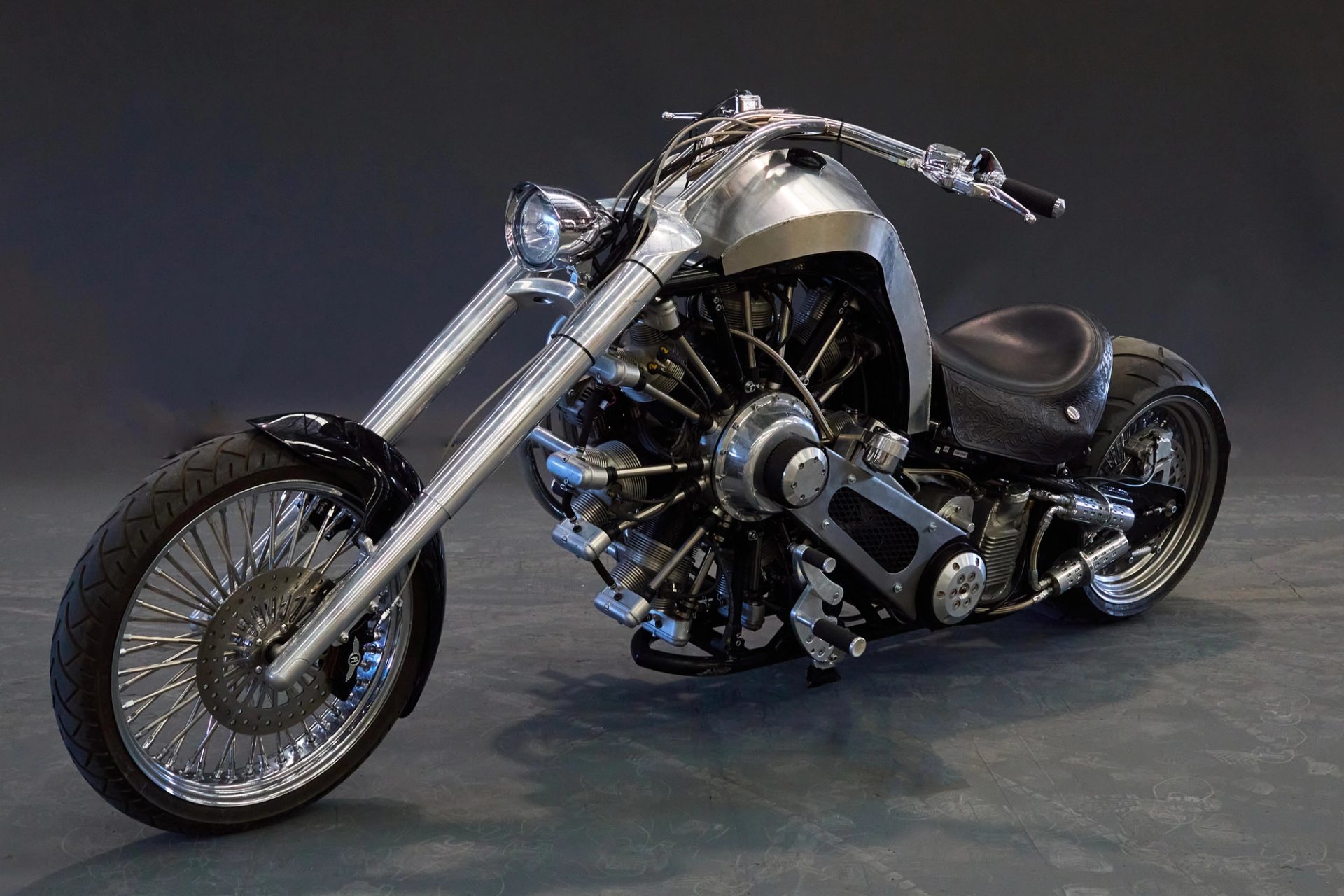
ST So, are you a revhead who got his dream job?
CG Oh no, not in the least. I studied English literature, and started out as an actor touring theatre shows with the Elizabethan Theatre Trust. At a certain point I was offered a job as a props guy on a movie, and since I had no other work, I accepted even though I had no idea what a props guy did. They rang me on a Friday ahead of a Monday start and said, 'Can you come and pick up your prop truck?' I didn’t have a driver’s licence and didn’t drive, so I said, 'Can I pick it up on Sunday?' That was so that no-one would see that it took me three hours to get the truck out of the carpark, and I spent the rest of the night learning how to drive. And that started a career in which I always arrive an hour early and leave an hour late, so that nobody can see me park poorly. All that is to say, I’m definitely not a revhead.
ST And yet, if someone mentions Colin Gibson, almost everyone thinks ‘post-apocalyptic doom mobiles’.
CG Yes, like the bus in Priscilla, Queen of the Desert [laughs].
ST What’s fascinating is the way your use production design to add layers of meaning, or potential other readings, to a story.
CG I treat design as DNA – like a double helix. There’s the thread that is the story itself, ostensibly the movie we’re filming. The other helix is all the parameters that feed into it. From a design point of view, one thread is the tale we’re inventing, but entwined with that are all the other potentialities of how we can tell it, the backstories of not just each character but of each prop. Nothing comes out of nowhere, and each component puts another line through to create a unique DNA that twists around itself in complex, sometimes apparently haphazard, but I hope always glorious ways.
ST It’s a rather atypical kind of process from a production perspective.
CG Every project has to be atypical, because every project tells a different story, and it tells that different story through different people and through different ideas. And I am striving to put all the density and the detail back into the allegory. Everything we do is a call and response song, a poem you wish as many humans as possible to respond to, and we all react to varying impulses and actions in different ways.
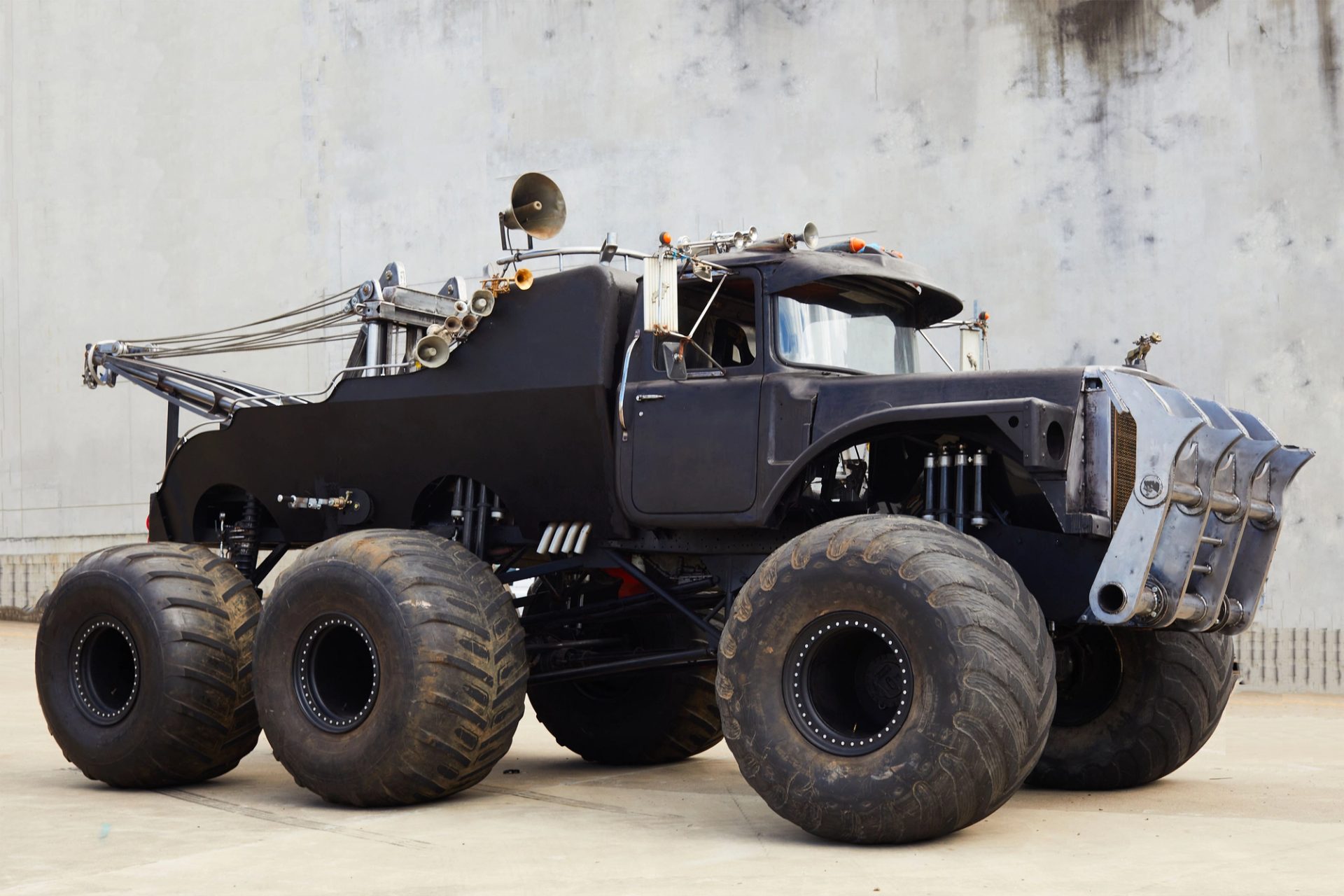
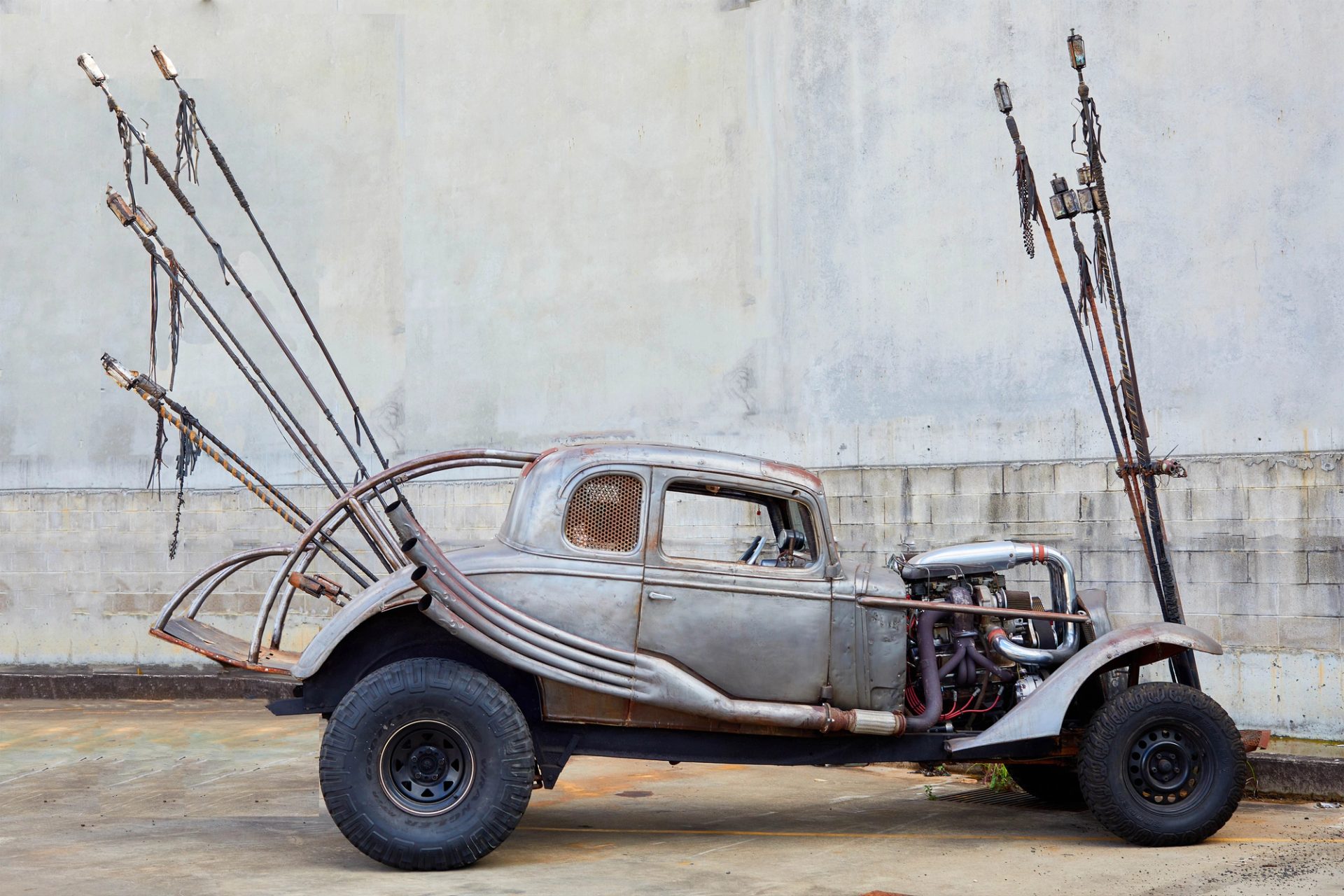

ST Unlike Mad Max: Fury Road, which was largely filmed on location in Namibia, South West Africa, Furiosa – which was released in May this year – has been criticised for its reliance on CGI. What is your response to the critics?
CG The aim with Fury Road was to make the last great action movie so, by definition, Furiosa just had to do and be something else… and by its nature it was an unfolding rather than an explosion, a much more linear tale. To my Luddite mind, in some ways, we threw away the best of the crayons that we’d developed for Fury Road and leant into CGI too early in the thinking process. And so, instead of CGI becoming an eraser – something to tidy up with, something to help shade and highlight, something to intensify – which is how I think it is best treated, it became a crutch. 'I will fix that later; it won’t cost very much' became the approach, and it also allowed the very early visualisations to become a destination rather than a signpost on the way to chance and wonder.
But the essence of the problem harks back to this tension between the symmetrical and the asymmetrical. To my mind, the asymmetrical is the big bang. It’s that one particle, the odd one out, the beat that set off the explosion, and that unevenness is where we are while our universe is still expanding. Whereas in a closed symmetrical system – an allegory or fable – it’s a zero-sum game: it’s good versus bad. You tell the story in such a way that everyone is on the same trajectory and a resolution and a redemption are on the cards. I think I’d rather play it the Terrence Malick way and constantly have half my head up my arse, but at least reaching for the ineffable.
ST The asymmetric is also about the Baroque that implies a richness and a complexity and an unpredictability.
CG It does. It’s like, you gild over the cracks but you know full well the cracks are there and that’s where the light gets in. Thanks Leonard Cohen and the Japanese concept of kintsugi.
ST Despite the cataclysmic potentialities you depict in your production design, are you hopeful about the future?
CG Obviously, the world has an ever-mounting and ever-terrifying number of Armageddons facing it: what isn’t climate is nuclear; what isn’t nuclear is war; what isn’t war is the collapse of democracy. So, there are many, many crises, and each one of those is a story, and each one of them is a world that we may or may not want to face. To my mind, design is us trying to preconfigure what direction those crises may go. So that we can, if not design our way out of it, at least design a small space for a few of us to hide while the rest of it rushes over the top.











